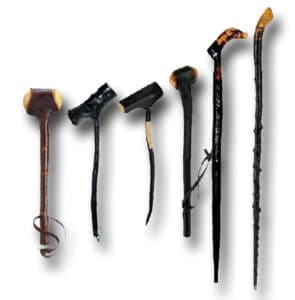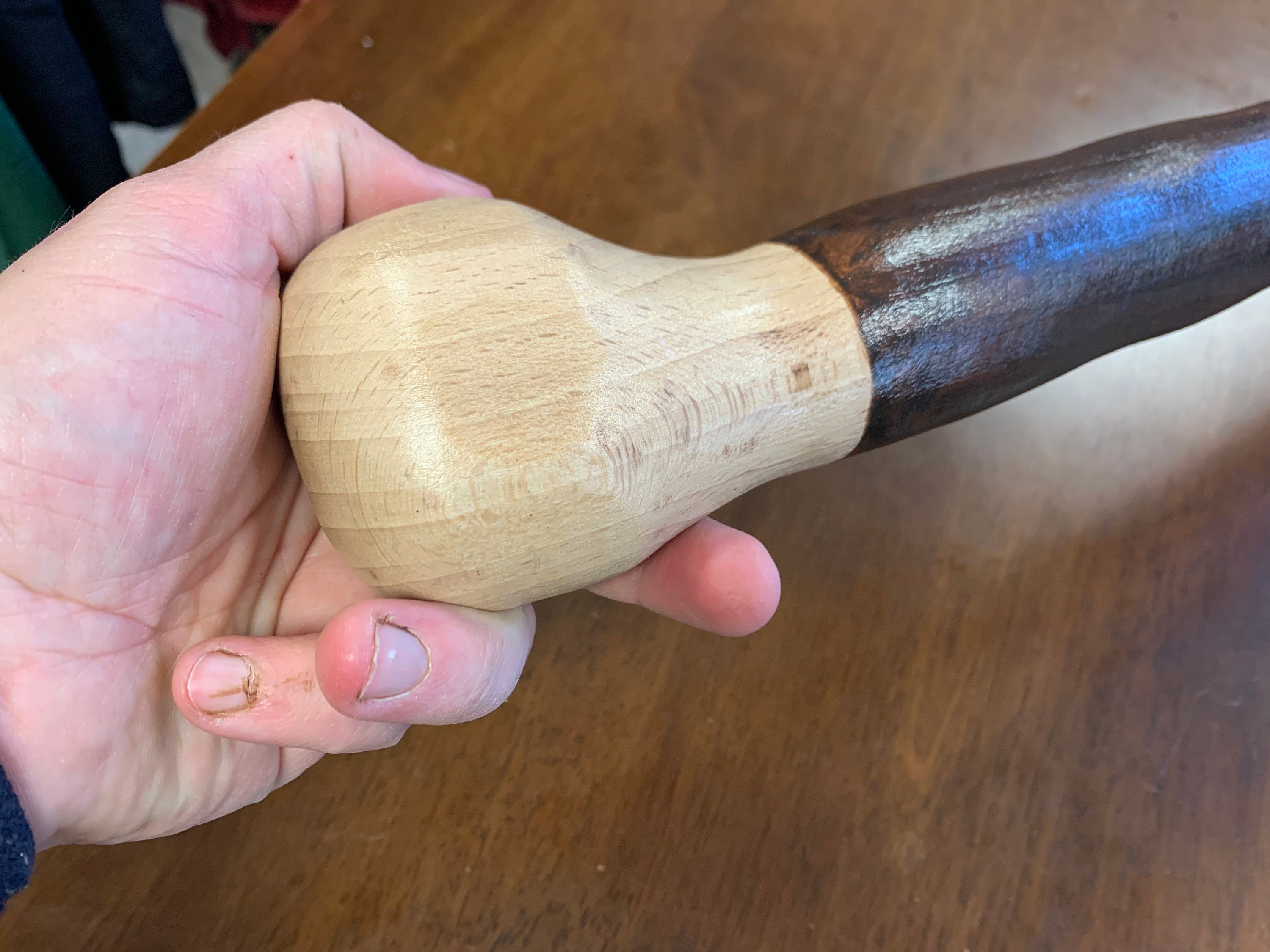
Dineen was actually born and raised at a time when stick-fencing was still actively practiced in his home area. notes that Sail Éille means "thonged cudgel", and explains that it was later anglicised as shillelagh. Dinneen in the 1927 edition of his Foclóir Gaedhilge agus Béarla dictionnary. For example, Gaelic scholar and native Irish speaker Patrick S. The other explanation is well documented in Irish language texts. Again, this explanation can be found in many different Ango-centric sources from the 18th and 19th centuries, and is therefore the most popular one in English. The first documentable use of the word “Shillelagh” in English, was in 1755, in Thomas Sheridan's The Brave Irishman the expression there is used side to side with "Andreaferrara", used by the protagonist to refer to his sword in the same manner as he refers to "Shillela", further relating the Irish fighting stick to broadsword fencing. This is the meaning that many British authors of the 18th and 19th centuries used when talking about shillelaghs, for example William Carleton who talked of cudgels made of "good shillelah" which had a leather thong attached. As the oak coming from this region was in high demand, the term started to be applied to good quality sticks. The most popular and older one (in the English language) is that the name came from a genericization of the forest of Shillelagh, a barony situated in County Wicklow, and famous for its oak forests in the 18th century. There are a two ideas as to the origin of the word. In stick fighting, the actual bata or stick used for bataireacht is commonly called a shillelagh. Certainly the archaeological records demonstrate large numbers of traumatic head injuries from the Bronze age time and are different from the types of injuries inflicted in the later Classical times or the Medieval age.īata is the Irish term for any kind of stick. It is believed that peasant soldiers fought largely without metal as bronze was often preserved for the prestigious warrior class of horsemen. The Bronze Age battlefield of Tollense, in Northern Germany contained Batas made from Ash and Sloe (which is a shrub related to Blackthorn). Wooden sticks & clubs were very significant in Bronze age warfare. Although stick-fighting is pre-historic, the vocabulary of Bataireacht can be traced back to Old Irish, one of the oldest languages in Europe. Neanderthals are known to have crafted heavy sticks into tools that were multi-purpose and resembled many modern Batas.

It is likely to have started with the hominids that existed before homo sapiens.

The concept of people swinging sticks at each other, in anger, dates far into pre-history. Bataireacht literally means “fighting with sticks” and has no specifically “Irish” connotation at all, but Hurley thought it a convenient word to use for non-Irish speakers since it is indeed Irish and does connote fighting, or fencing, with 3 foot sticks.īataireacht is a category of stick-fighting martial arts of Ireland. Hurley and introduced back into modern usage in the late 1990’s. Although an old term it was found by author John W. In Irish martial arts, bataireacht ( pronounced meaning 'stick-fighting') (also called boiscín and ag imirt na maidí ) now refers to the various forms of stick-fighting from Ireland. JSTOR ( March 2011) ( Learn how and when to remove this template message)īata, Boiscín, Irish stick-fighting, ag imirt na maidí.Unsourced material may be challenged and removed. Please help improve this article by adding citations to reliable sources.

This article needs additional citations for verification.


 0 kommentar(er)
0 kommentar(er)
